Welcome to N is for Navajo for the Global Children’s Book Club! Today we’ll be going on a virtual tour of the Navajo Nation for kids. Get ready for a fun and inspiring Navajo Nation virtual field trip – perfect for global education at home or for a Navajo homeschooling unit.
You can find the full list of countries for the book club right HERE. Be sure to sign up for the email list to get all the information in advance and to receive fun extras!
Get your FREE Alphabet Printable Passport here!
Here’s the 2020 Global Children’s Book Club discussion schedule!
This Navajo Nation virtual tour contains affiliate links, but all opinions are 100% my own. That means I earn a small commission if you purchase through my link, but doesn’t change your price.
N is for Navajo: Navajo Nation Virtual Tour for Kids
Table of Contents
Featured Navajo Book
Fry Bread by Kevin Noble Maillard (Author), A Juana Martinez-Neal (Illustrator)
Author Read Aloud

Fry Bread Picture Book Discussion Questions
- What food memories do you have? Are there foods that remind of you things or make you feel a certain way?
- What are some of your families favorite foods? Favorite recipes?
- How has your family’s food habits and recipes changed over time?
- Think about a time you had to be resourceful – to “make do” with what you had? Perhaps it was related to food, to a new challenge, or a relationship.
- What stories have you heard your living relatives tell you? In what ways would you like to live to be more like them?
- Ask your oldest living relative a question: what is the hardest thing you have done in your life? What is the most important thing you have learned in your life?
- Food is connective. It’s a common human experience. On what occasions does your family come together to enjoy traditional food? Which parts are you excited to pass on to the next generation?
- Have you ever done something usually associated with another gender?
- What are some ways to support indigenous communities?

Other Navajo Books for Kids: Stories & Mythology
Navajo Facts
Modern Navajo Nation
- The Navajo Nation is an American Indian territory in parts of Arizona, Utah, and New Mexico in the United States.
- Navajo is the most populous Native American tribe in the U.S.
- Window Rock, Arizona is the capital of the Navajo Nation.
- In 1864, “The Long Walk” forced 9,000 Navajo from many places across California, Arizona, Nevada, Utah, New Mexico and Colorado to a small and worn-down Ft. Sumner, New Mexico. 200 Navajo died on the walk.
- Manuelito is a Navajo war chief who resisted the long walk and signed the treaty giving the Navajo a reservation in Arizona.
- The Treaty of 1868 established the Navajo Reservation. The Navajo Reservation has gotten quite a bit bigger since that time, but still only encompasses 27,000 acres.
- Canyon de Chelly, Shiprock Pinnacle, Monument Valley, and the Chuska Mountains are beautiful rock formations on Navajo land.
- 156,823 Navajo people live on the Navajo land. Other Native American Tribes also live on the land, bringing the total population to 332,129 in 2010.
- The unemployment rate is over 50% on the Navajo Nation.
- Navajo “Code Talkers” would simply say secret messages in Navajo to each other over the radio in World War II. No other nation ever cracked the code, and no Navajo translated for another nation – so it was the only code in WWII that was never cracked! Here’s an interview with a real Code Talker who tells us what it was like during WWII in Iwo Jima, Roi Namur, and Saipan.
- Most Navajo still speak Navajo, and almost every Navajo also speaks English.
Ancient Navajo
-
- A traditional Navajo home is a dome made out of wood and clay called a “Hogan.” The door of the Hogan always opened to the east to welcome the blessings associated with sunrise.
- Navajo actually called themselves “Dine” (The People) Spanish explorers called them “the Apaches of Navajo.”
- Navajo people traditionally grew three crops for food: corn, beans and squash.
- Hunting for antelope, deer, rabbits and prairie dogs also contributed to the Navajo diet.
- Navajo also raised sheep and goats after Spanish explorers introduced those animals.
- Navajo women would make clay pots and weave blankets, first out of cotton and then, in the 1600s after the Spanish introduced sheep, out of wool. These detailed wool blankets would take so long to make that they were so expensive that only wealthy people like Chiefs could afford them, so they also became known as “Chief Blankets.”
- Navajo men would make silver jewelry and often made it with turquoise.
- Until the Spanish introduced horses to the Navajo, the Navajo would generally travel on foot and dogs helped carry things on sleds.
- Navajo did not wear headresses, but wore headbands instead.
- They also did not paint their faces, except during some religious ceremonies.
- Navajo wore moccasins instead of other shoes, and many still do today.
Navajo for Kids: Flag Activity
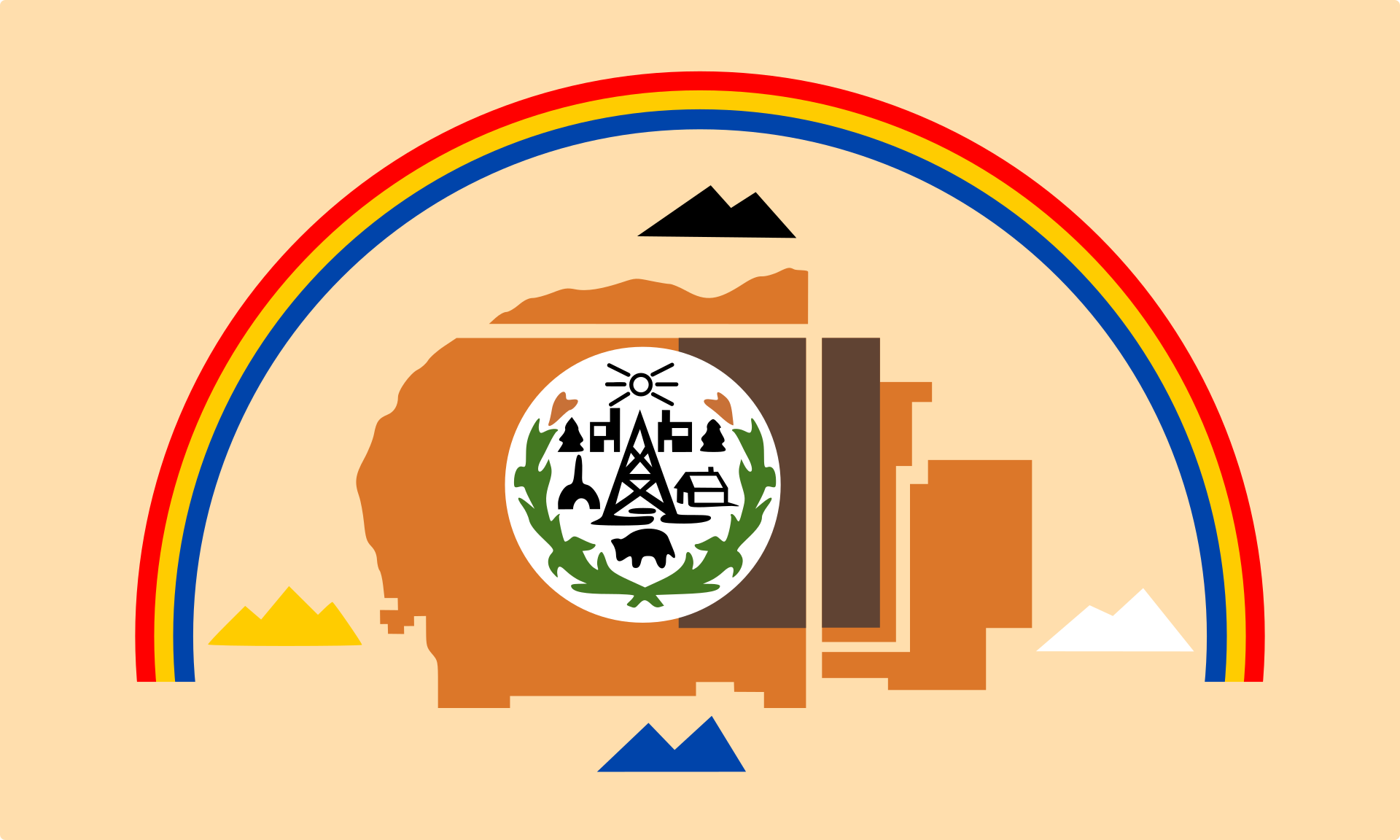
Flag from HERE
HERE is a fun printable Navajo flag coloring sheet!
Navajo Virtual Tour to a Featured Landmark
Window Rock
Wind eroded sandstone to create a large “window” in this rock at the capital of the Navajo Nation. About 2,000 people now live here. The elected President’s and Vice-President’s offices are here, as well as the Navajo Nation Supreme Court and other government buildings.

image Source: Brittanica
Antelope Canyon
Antelope Canyon is a beautiful slot canyon formed by water in red sandstone. The canyon is near Page, Arizona on the Navajo reservation. It has two sections, upper (Tsé bighánílíní, which means ‘the place where water runs through rocks) and lower Antelope Canyon (Hazdistazí, or ‘spiral rock arches’). It is only accessible by guided tour from a Native guide.
When more rain falls than the dry desert can absorb, a flash flood picks up sand and pushes it through these narrow canyons. This slowly erodes, or wears down, the canyons into the smooth, wave-like sections.
Featured Navajo Artist: Hosteen Klah
Hosteen Klah is both a ceremonial singer and master weaver. Traditionally, only men became ceremonial singers and only women became master weavers. Thanks to the Navajo’s long acknowledgment of an “intersex” gender, Hosteen was able to learn both skills – and at the very highest levels.
Religious chants are so long and intricate that most medicine men only learn two over their lives. But Hosteen learned 8! Hosteen’s weaving was so outstanding that they were invited to represent the Navajo Nation and demonstrate their weaving at the 1893 World’s Fair in Chicago.
Hosteen helped found the Wheelright Museum (Formerly known as the House of Navajo Religion) documenting Navajo and other Native American culture in Santa Fe, New Mexico.
(Image from Wikipedia)
Featured Important Navajo Person: Lilakai Julian Neil
Lilakai Julian Neil was the first woman elected to the Navajo Tribal Council. She strongly supported equal rights and educational opportunity for the Navajo Nation. She wrote a letter to the U.S. Government, Department of the Interior, asking for more money to build adequate schools on the reservation. Many other people agreed with her ideas and quoted her to also ask for better educational opportunity for Native Americans.
Navajo Sports
Hoop and Pole Game
Navajo players would roll a hoop wrapped in sheep hide, with a little hole in the middle, on the ground and contestants would try to throw a pole through the hole. Whoever could throw the most poles through the hoop’s hole before the hoop stopped rolling was the winner.
Ndashdilka’l
Players would use a bat made of peeled sapling to hit a buckskin bag filled with seeds. They would continue hitting it across a field until it crossed the opponent’s goal line. This was almost like an early version of field hockey!
(Game info from here)
Featured Navajo Food: Navajo Recipes for Kids
- This Native Cookbook has a lot of treasures, including corn cake (page 7) and mutton (or tofu) stew (page 34).
It is commonly believed that the Navajo were the first to make fry bread over 150 years ago! The featured book, Fry Bread, not only gives some of the history of fry bread, but also provides a wonderful recipe that was passed down to the author by his family. Though different from other fry bread recipes, it is no less authentic. After all, as the author notes, “If there is one thing that all Natives can agree upon about fry bread, it’s that everybody else’s version is wrong.”
Kevin’s Fry Bread, from Fry Bread
1 pint boiling water
1 cup cornmeal
1.5 cups cold water
1/2 oz. of dry or instant yeast
1 cup raw sugar
1 tsp. sea salt
3 1/2 cups flour
32 oz. unrefined coconut oil
- Bring 1 pint of water to a boil in a medium pot. Add cornmeal to boiling water. Whip slowly until smooth. Reduce heat to medium, add cold water, and cook until thick. Stir continuously to prevent lumps. Remove from heat and let cool.
- In a large bowl, add yeast, sugar, and salt to the cooled cornmeal, along with small sprinkles of water to moisten the mixture. Gradually add flour, using a metal whisk or potato masher to get rid of lumps. Sprinkle water to keep dough moist but thick. Cover with a damp cloth and let rise for 3 hours.
- Once the dough has risen, it should be springy and sticky. Heat the coconut oil in an iron skillet to medium temperature. Test the heat by dropping a small portion of dough into the oil. .It should gently sizzle but not splatter. Use two large, oiled spoons to make golf ball-sized portions and dip immediately into the oil, submerging the entire ball. Re-oil the spoons in the skillet to make new balls of dough. Leave room in skillet, as the balls will expand in the hot oil.
- Let dough fry until it cooks to your desired color: light golden or dark brown – about 3 minutes. Using tongs, flip balls over to cook the other side. Remove from oil and transfer to a paper towel-lined bowl, separating each level with a new paper towel. Eat while hot.
Navajo Craft & Culture Activity for Kids: Navajo Rug Pattern Design
Draw and color a woven rug using a natural pattern that tells a significant story. You might imagine the creation of the earth, something significant from the life of an ancestor, or ideals for how to live your life.
This video shares how Navajo rugs are made!

Scroll through this Navajo Rug gallery for inspiration.
Materials:
- Paper
- Colored Pencils
- Some understanding of the Navajo Creation Story
- A great imagination
If you’re ready to weave your pattern into an actual rug, here’s an awesome and super easy loom for kids.
Seminole Doll Craft
In the book Fry Bread, Seminole dolls appear on the “Fry Bread is Art” page. You can sew your own Seminole doll costume here with pieces of fabric.
Navajo Art Books
Other Navajo Kids Activities
- Weaving on a kid-sized loom.
- Turquoise Jewelry – try using aluminum foil instead of real fire, and painted rocks for turquoise.
- Write a story of a creation in your own life – see if you can memorize it (hint: singing the words into a song melody you already know could help you memorize it).
- Make moccasins out of paper, or you can buy an inexpensive mocassin kit to make some you can actually wear.
- Model Yebechai Dancers, the Holy People who created the Navajo, out of clay.
- Take a string and play a game! (you may have done something similar with “Cat’s Cradle”): Master 2 Coyotes or Running Dog or Many Stars.
Animals in the Navajo Nation
- Shrews, bats, rabbits, squirrels, coyotes, wolves, foxes, bears, otters, elk, deer, sheep and many other animals live on the Navajo reservation.
- In Navajo culture, the Coyote is a key figure. Coyote is a trickster who usually thinks of himself first and can be pretty sneaky about it. Other times, coyote can be lazy: like when Black God was forming the heavens and carefully creating constellations in the sky and coyote got tired of waiting so he just picked up the blanket that had all of the stars on it and threw them into the sky (and thus formed the Milky Way).
- Eagles are also a key figure, whereas some animals, like coyote may be self-serving at best and messengers for evil spirits at worst, Eagles carry prayers to the Gods. Navajo did not traditionally wear headdresses, but adorning one’s clothing with an Eagle Feather was an earned and revered right.
Navajo Movement Activities
Hoop Dance
Even though it is part of a sacred, 9-day ceremony, the Hoop Dance is viewable and teachable to the public.

If you do not have hoops, you can do your best to follow the movements of the dancer’s legs and arms to the rhythm and song.
Kid Movies About the Navajo
People have filmed plenty of movies in Navajo territory, but not that are great for kids. Please let me know if you find any!
Plan a Trip to the Navajo Nation with Kids!
After having all this fun, consider planning a virtual or real trip. What sites or cities would you visit? What food would you eat? You could also consider doing a tour of the Southern Utah National Parks.
Navajo Conversations with a Local: Culture, History, & Food Discussion Video
Navajo for Kids Discussion Questions
- If your great grandparents had been forced out of your homes to live in an uncomfortable fort by the government, would you help that government to win a war with your skills? Why do you think the Code Talkers did?
- What are some characteristics you would expect to see more common in boys? In girls? What are some exceptions?
- The clothes worn by Navajo people today may include a mix of traditional dress and contemporary styles like jeans. How can you learn from new influences without forgetting the influences you grew up with?
- If you could choose to live on a Native American reservation or somewhere else, where would you choose to live and why? Would that answer change at different times of your life?
Thanks for Taking a Virtual Visit to the Navajo Nation With Us!
We’ve loved putting together this resource to virtually visit Navajo. We’d love to hear if you do any of these activities for a homeschooling Navajo unit, or if you visit in person!
We hope to inspire curiosity and connection through exploring and learning, and we hope this guide helps you and your families. Please share any activities you do with us over on our Instagram. And we’d be delighted if you passed this Navajo for kids virtual tour and homeschooling resource along to others, as well!
MORE POSTS
IF YOU LIKED THIS POST ABOUT THE NAVAJO NATION FOR KIDS, YOU MIGHT LIKE THESE POSTS TOO:
NOT READY FOR A NAVAJO NATION HOMESCHOOLING UNIT QUITE YET? PIN THIS POST FOR LATER!
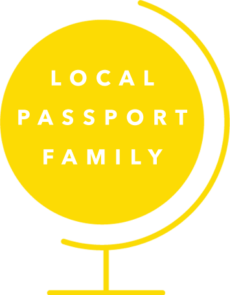

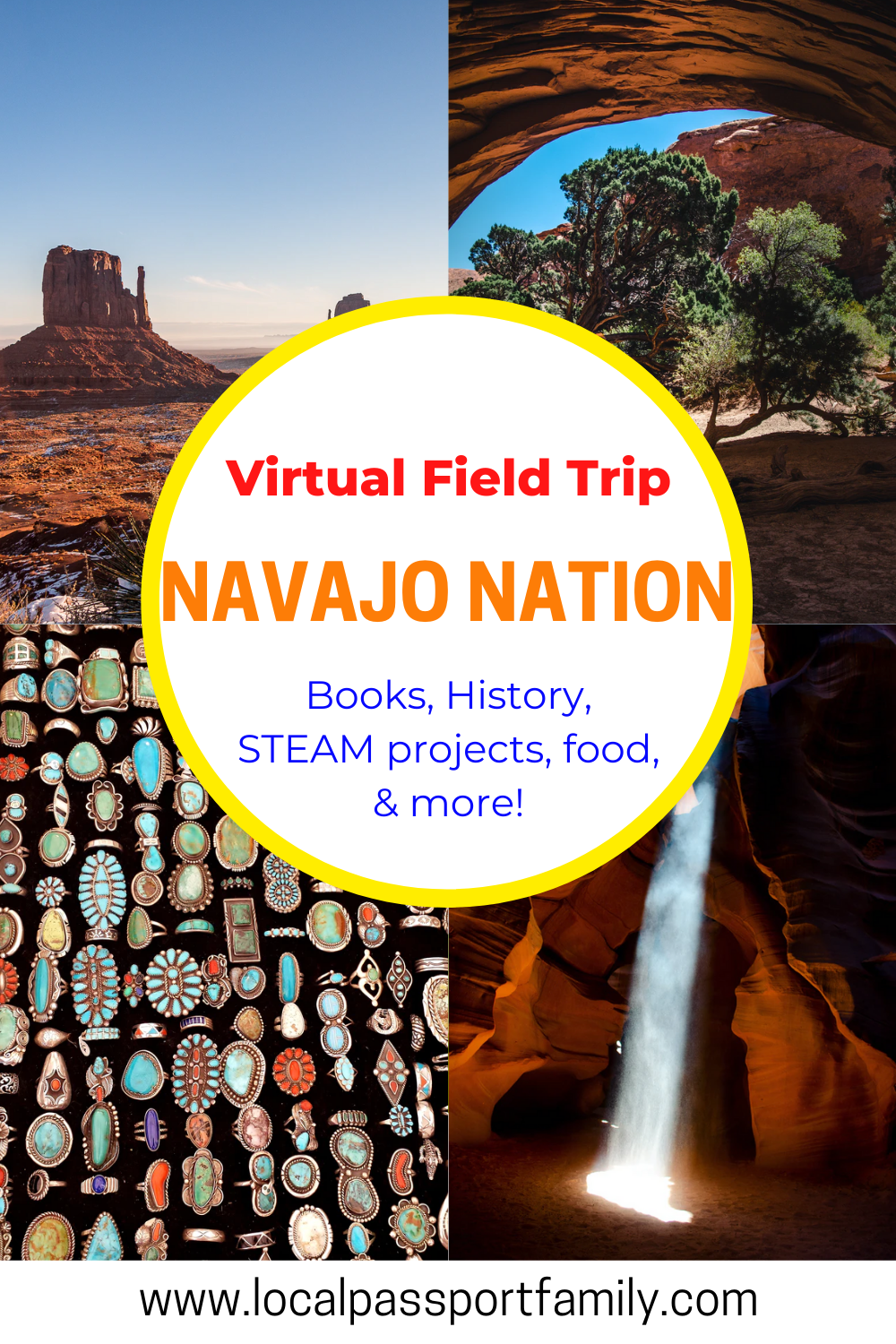

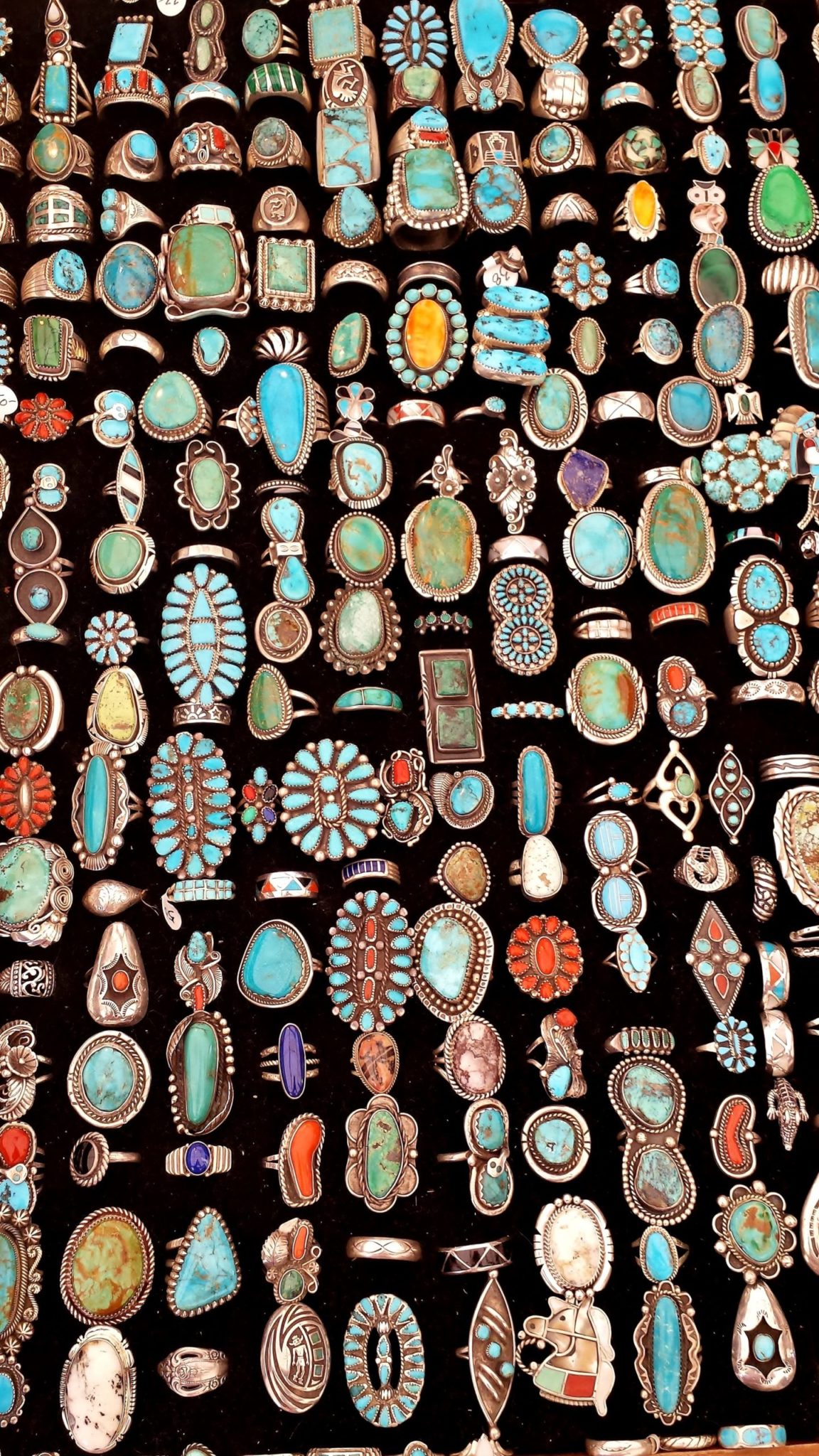
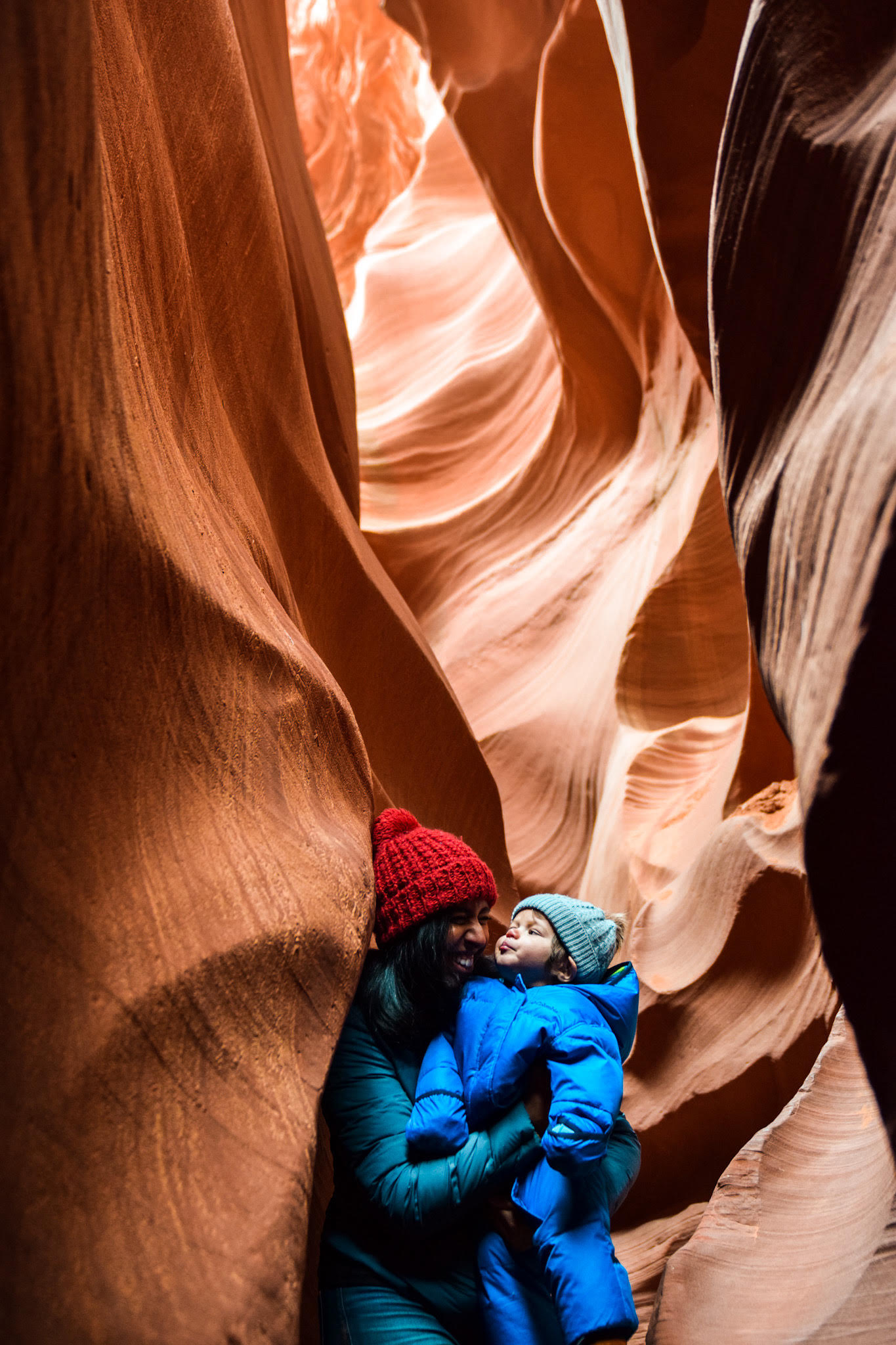

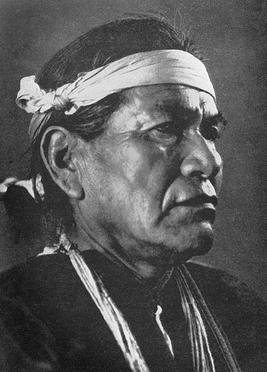
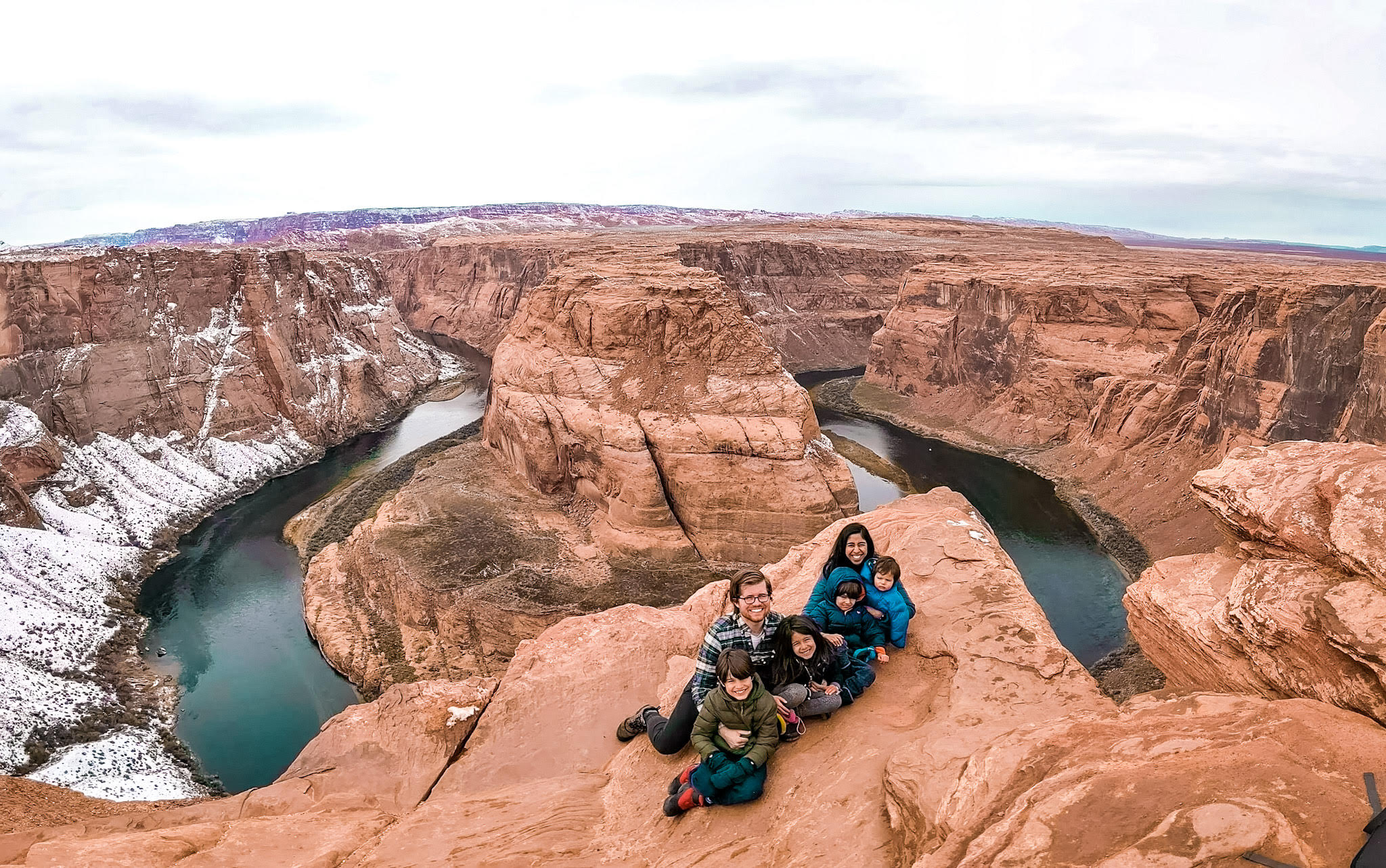


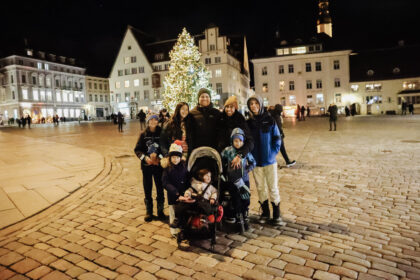
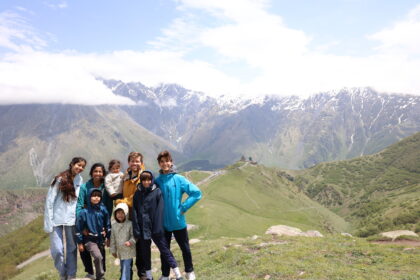
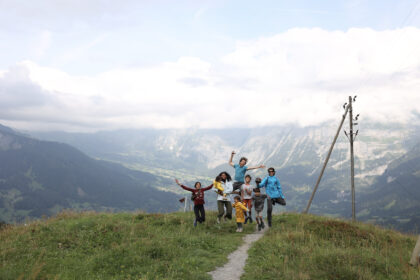
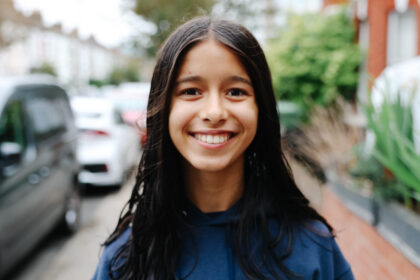
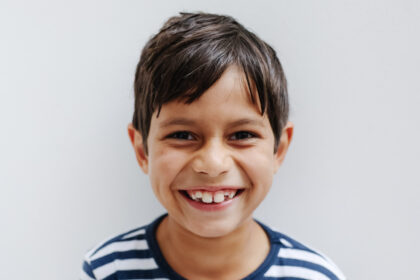
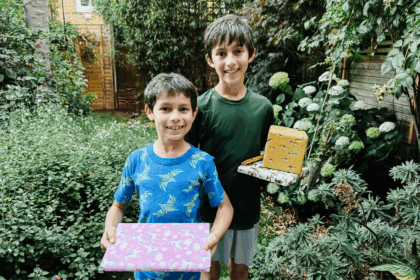
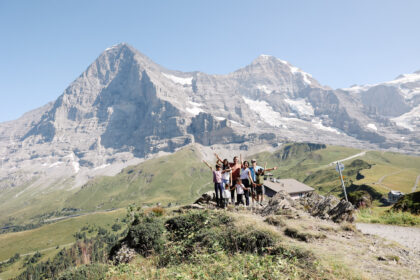
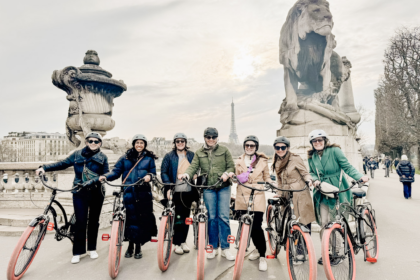

[…] forget to refer to the Navajo Nation resources from the Global Children’s Book Club. Additionally, here are some resources that our […]
[…] N is for Navajo Nation […]
[…] love that it brings in food and family and indigenous culture from a variety of tribes. (Watch the author doing a read aloud of it […]